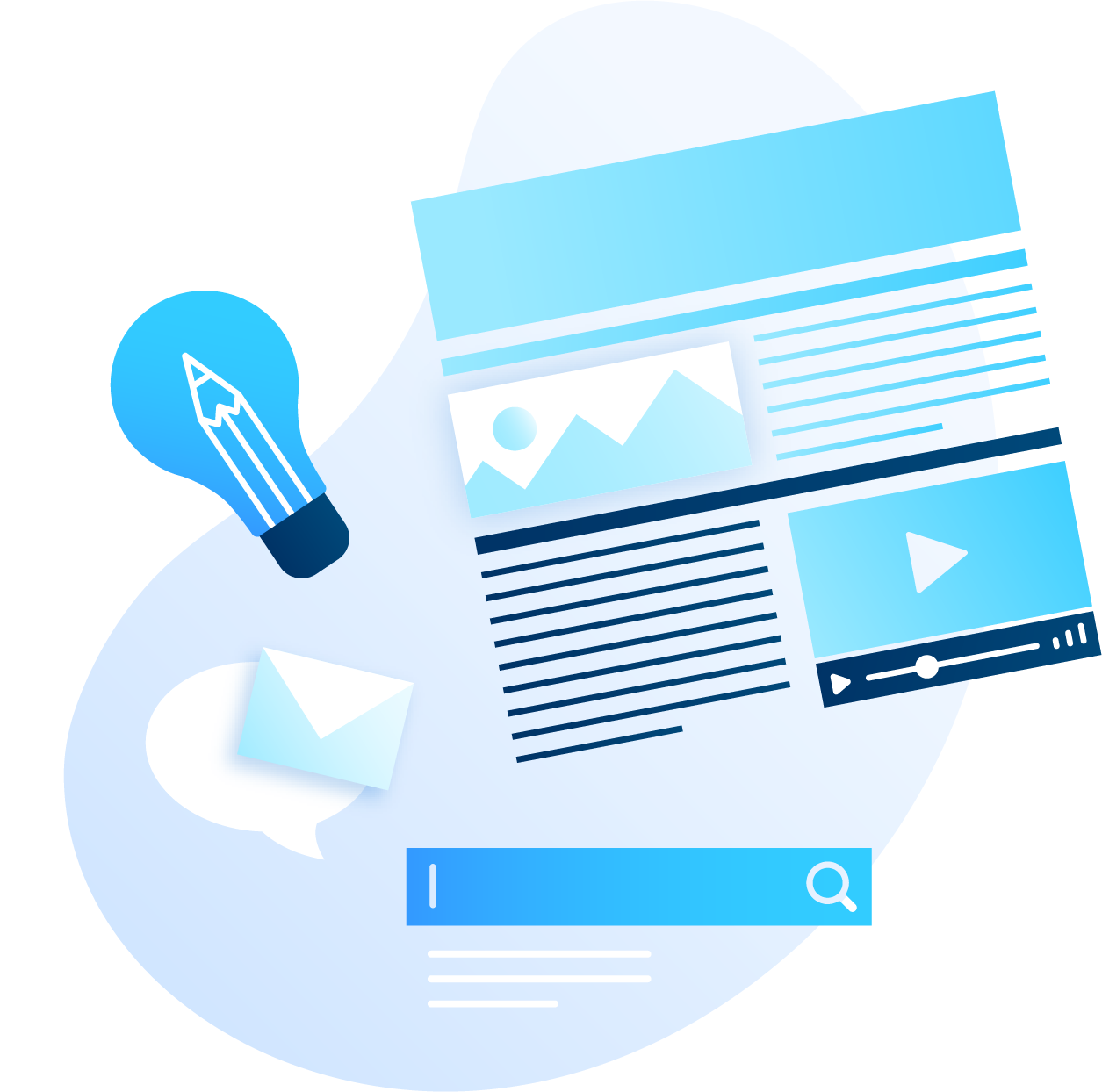High customer satisfaction and Net Promoter Scores as the desired outcome of Support and Customer Success interactions, while positive, is not enough because it does not connect service delivery excellence with tangible business outcomes.
The Right Metrics for Support and Success
Support and Success must focus on the attainment of tangible business outcomes. For the customer, this implies that Support or Success interactions must help the customer apply a product successfully. For a customer’s perspective success implies that they can use and apply a product to achieve their business outcomes. For the technology vendors, providing these services must contribute to retaining relationships with hopes of expanding their value. This is why organizations must look beyond NPS (Net Promoter Score) or basic transitional metrics when measuring the impact of Support and Success on lifetime customer value.
The measure of Support and Success must be tangible and focused on “end game” results such as:
- Can the customer use the product?
- Can customers achieve tangible business outcomes by using the product?
- Did Support or Success services help the customer attain their goals?
- How will the customers’ ability to achieve their desired outcomes influence their ongoing relationship?
8 Metrics for Support and Success
What is the primary reason for offering Support and Success services? In most cases these organizations are aligned to help customers adopt and apply products successfully. The rationale is if customer can use and apply products successfully, you will increase the likelihood that you can retain and expand these relationships. A single, simple measure such as NPS cannot provide sufficient insight to indicate that Support and Success efforts are resulting in tangible business benefit.
Consider the following eight metrics for determining the impact of your post sales services.
Metric |
Description |
|
1. Onboard |
The percent on that new customers have received formal onboarding guidance. |
|
2. Adoption |
The rate that customers have met adoption milestones. |
|
3. Success |
The percent of customer that have reached established performance goals or milestones on defined journey map. |
|
4. Availability |
The rate that customers business operations have not be interrupted due to downtime or outages. |
|
5. Engagement Quality |
The percent of all customer engagements that result in positive outcomes. |
|
6. Retention |
The percent of active customers that have committed to renew an existing relationship. |
|
7. Health |
The relative health of a customer relationship based on the composite rates of adoption, success, retention, and recurring revenue rates. |
|
8. Net Recurring Revenue |
The net growth or contraction of the total recurring revenue relationship value. Learn the formula for calculating Recurring Revenue Rate. |




